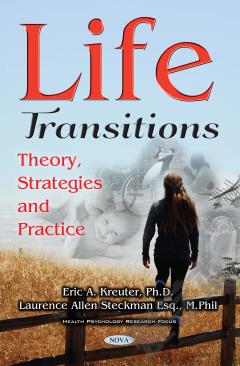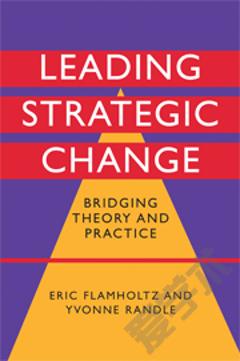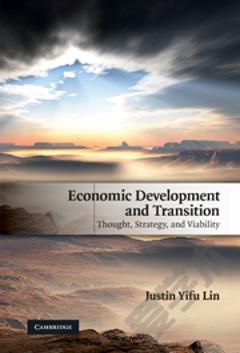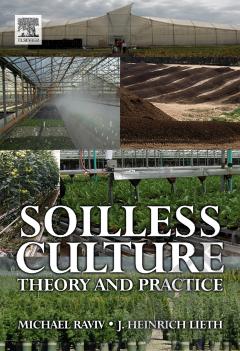Life Transitions: Theory, Strategies and Practice
We all face challenges in today’s complex, competitive, and busy world. Problems sometimes seem overwhelming. Avoidance of negativity often requires a healthy balance between living in the now and planning for an uncertain, but hopeful future. The authors refer to “turning points” or “life transitions,” events which can be either wonderful and invigorating or anxiety-inducing and daunting. Turning points, even minor ones, may increase a sense of life’s meaning or they can have the opposite effect. Turning points might include, for example, the birth or death of children or grandchildren, the relocation of close relatives or friends, serious and disabling accidents, diseases or impairments, sudden and unexpected loss of employment, and environmental disasters that result in loss of property, stability or health. They might include the death of a loved one, for example, a spouse, life partner or companion, or being victimized criminally, by theft or fraud, or being assaulted, with continuing physical or emotional consequences. Turning points could include being required to undertake caretaking responsibilities for a spouse or parents, retirement and the question of how one should profitably spend one’s time. Presentation of a new career opportunity, where life skill and experience is coveted, could involve a positive transition. Negative events can dramatically alter a life’s trajectory, resulting in major shifts in outlook, mood or motivation. These may, in turn, cause a downward spiral, particularly if the aftermath is severe. On the other hand, turning points may stimulate a life in positive ways. As our society ages, many of us have become (or will become) part-time or even full-time caretakers of our parents. Such responsibilities can prevent or delay a desired relocation or cause us to reconfigure a home to accommodate an older relative’s physical needs. This book provides tools for therapists and coaches in the business of helping people with their difficulties. It is also for people who happen to be engaged in their own efforts to address life’s circumstances with openness and a desire to find new ways of confronting problems. Rather than simply calling this method “self-help,” we can look at it as a willing entrée into the exciting world of change with all of its possibilities. Through the authors’ personal experiences, lives of anxiety and fear can often be steered to calmer waters, avoiding or lessening the turbulence of life events. Resilience can be enhanced, lessening the severity of a past trauma’s effects. Realistic improvement is possible for those willing to seek its possibilities. The authors, writing from somewhat different ends of the personal belief spectrum (one a devout Catholic and the other an acknowledged non-believer), present this volume for readers to interpret rather than to promote a common position with respect to a particular theological or philosophical position regarding religion, faith, or God. In terms of showing support for the common betterment of society, and a respect for the spectrum and diversity of our different beliefs, the authors could not agree more.
{{comment.content}}








 京公网安备 11010802027623号
京公网安备 11010802027623号